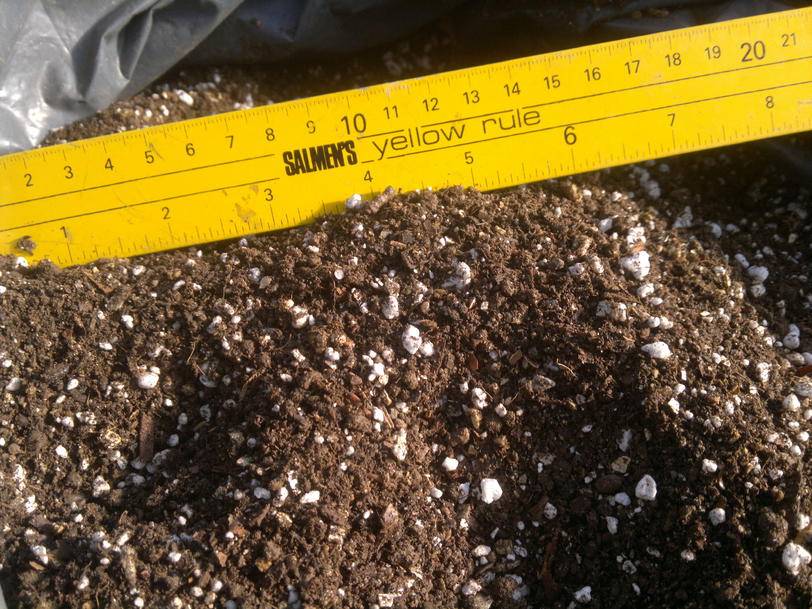The English Cut
Well-known member
Hi there folks,
Always on an economy drive, and surrounded by natural resources as I am, I've decided to have a go at making my own soil using as many free, locally sourced (ie on my own land if possible) ingredients as possible, buying only what I can't make for myself.
I've been fairly pleased with the results, so I thought I'd share the process here for all to see. This isn't intended as a 'How-To', just a 'How-I-Do', and when I say I'm pleased with the results, what I mean is that the soil looks good and the plants I potted into it are still alive and looking very healthy a week later!
I realize things could go tits-up at any moment and that'll be the moment to run for a pH tester and see what the problem is. Until such a time I won't be testing anything, I'm not really the techy sort - it's not really my thing. I've been cobbling together my soil mixes for years with reasonable results, occasionally testing pH, it always seems ok so I'm not too worried. With this mix the focus is really to get as much microbial/fungal life in there as possible and hope that sorts out any other imbalances. Fingers crossed then.
Here's a look at the finished product…

My recipe:
8 litres sieved Topsoil (from molehills in permanent pasture)
8 litres sieved leaf mold (from pasture edges bordering on ancient woodland)
2 litres Comfrey Manure mix (Well rotted FYM composted with fresh cut comfrey leaves & stems, chicken litter and Yarrow leaves.)
2 litres Kitchen Compost
600ml Worm humus
300ml Vompost (I'll explain later)
300ml Mixed grey & yellow sand
100ml Rudy Ray Moore
Then I mix in 4 liters each of Perlite and Vermiculite so it doesn't weigh a ton and get too waterlogged.
Always on an economy drive, and surrounded by natural resources as I am, I've decided to have a go at making my own soil using as many free, locally sourced (ie on my own land if possible) ingredients as possible, buying only what I can't make for myself.
I've been fairly pleased with the results, so I thought I'd share the process here for all to see. This isn't intended as a 'How-To', just a 'How-I-Do', and when I say I'm pleased with the results, what I mean is that the soil looks good and the plants I potted into it are still alive and looking very healthy a week later!
I realize things could go tits-up at any moment and that'll be the moment to run for a pH tester and see what the problem is. Until such a time I won't be testing anything, I'm not really the techy sort - it's not really my thing. I've been cobbling together my soil mixes for years with reasonable results, occasionally testing pH, it always seems ok so I'm not too worried. With this mix the focus is really to get as much microbial/fungal life in there as possible and hope that sorts out any other imbalances. Fingers crossed then.
Here's a look at the finished product…
My recipe:
8 litres sieved Topsoil (from molehills in permanent pasture)
8 litres sieved leaf mold (from pasture edges bordering on ancient woodland)
2 litres Comfrey Manure mix (Well rotted FYM composted with fresh cut comfrey leaves & stems, chicken litter and Yarrow leaves.)
2 litres Kitchen Compost
600ml Worm humus
300ml Vompost (I'll explain later)
300ml Mixed grey & yellow sand
100ml Rudy Ray Moore
Then I mix in 4 liters each of Perlite and Vermiculite so it doesn't weigh a ton and get too waterlogged.



 Nice!
Nice!
